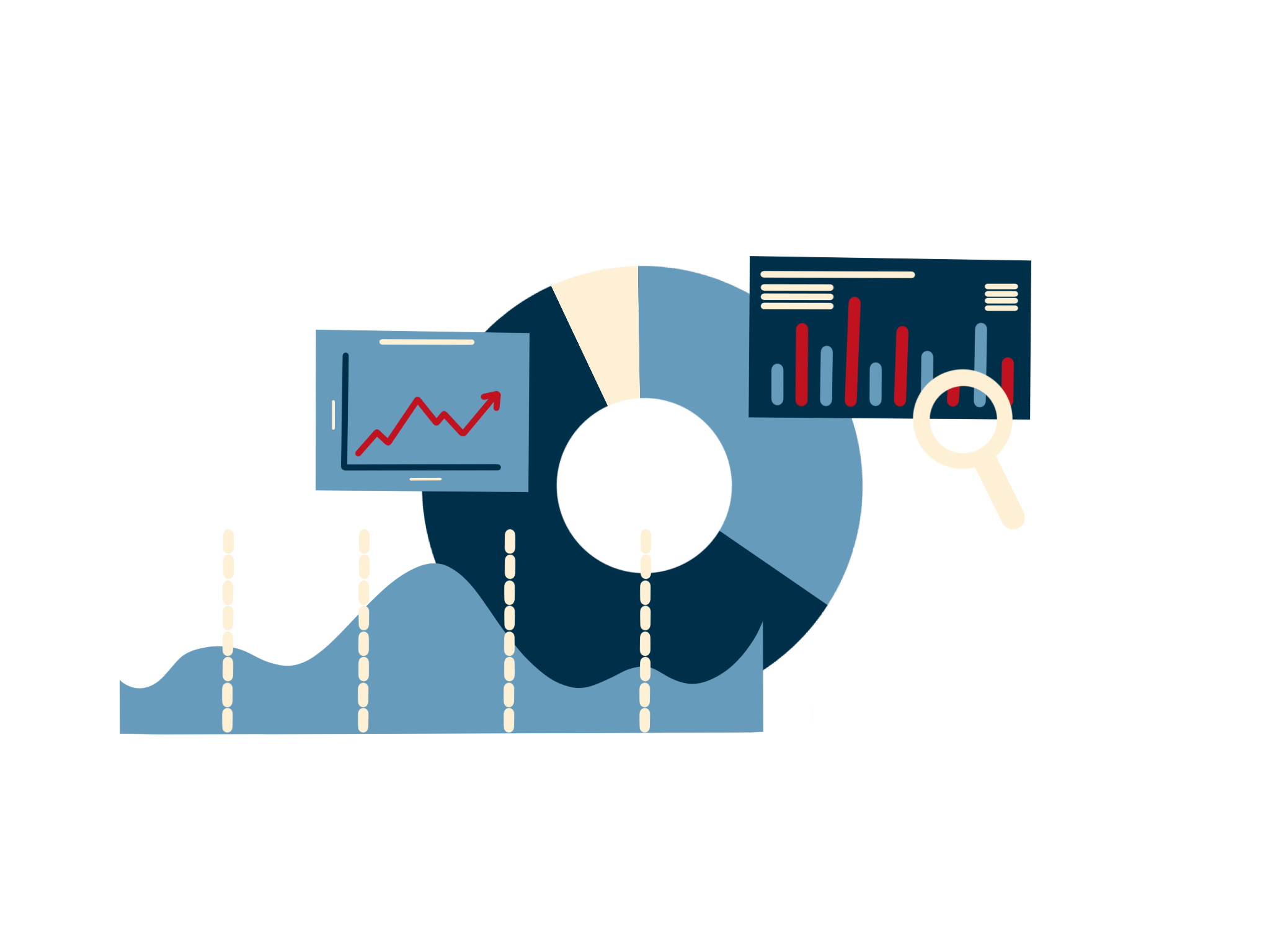Crunching the numbers
Social media analytics can be very useful for business owners, offering relevant information about their audiences. Each platform presents its analytics in a different way. It’s best to explore each one in order to maximize the effectiveness of social media marketing. Instagram, Twitter and TikTok provide rundowns of their respective analytics pages on each of their websites.
Instagram requires users to have professional accounts before accessing the analytics page. An account must be public to switch to a professional account. Analytics will only be provided for content posted after the switch is made.
The analytics tab on Instagram is labelled as Insights. It is split into two major sections: Insights Overview and Content You Shared.
Insights overview
This is further split into three subsections. Each can be tracked for a minimum of seven days up to a maximum of 90 days:
- Accounts reached: tracks the number of unique accounts who have seen a user’s content. It provides demographic information on these accounts, including top locations and age ranges.
- Accounts engaged: tracks the number of unique accounts who have interacted with a user’s content. It provides the same demographic information as accounts reached.
- Total followers (requires at least 100 followers): tracks follower information such as growth (followers gained/lost) and top locations of where followers’ are from. It also tracks age ranges and times followers are most active on Instagram.
Content you shared
This section is split into subsections for all types of content on Instagram: posts, stories, reels, videos, lives and ads. (Posts can be boosted into ads through a daily payment for a set amount of time chosen by the user.) Content of the selected type can be sorted through metrics such as reach, number of comments and number of likes. Metrics can be tracked from a minimum of one day to two years.
The full analytics dashboard is only available to users on a computer with an account at least 14 days old. It includes three main sections: Home, Tweets and More.
Home
Twitter provides an overview of a user’s activity over the past 28 days. It includes tweet impressions, profile visits and followers gained/lost. There is also a monthly performance review with the following metrics:
- Top tweet: the tweet that received the most impressions (the number of times a user’s content was displayed to other users.)
- Top mention: a tweet that tagged the user and received the most impressions.
- Top follower: the account with the most followers that followed the user that month.
- Top media tweet: the tweet with a photo and/or video attached that received the most impressions.
Tweets
This section provides a graph showing all of a user’s tweets over the current 28-day period. It also shows the total number of impressions each one received. Below this is a chart split into the categories of Top tweets, Tweets and replies and Promoted. (Promoted tweets are set up similarly to boosted posts on Instagram.) For each category, the number of impressions, engagements and the engagement rate (number of engagements divided by impressions), are shown.
More
There are three subsections of the More tab. Videos are the same as Tweets but for any videos uploaded. Conversion tracking measures a user’s return on ad spending. It does so by reviewing the actions other users take after seeing or engaging with their promoted posts. Events manager is similar to Conversion tracking, performing the same task for web-based content posted outside of Twitter.
TikTok
Similar to Instagram, TikTok requires a business account to access the analytics page. Here, the main sections are Overview, Content, Followers and Live.
Overview
This section displays a user’s content engagement over a certain number of days. It includes video views, profile views, likes, comments and shares. Metrics in this section can be tracked for a minimum of seven days to a maximum of 60 days.
Content
A user’s video posts are shown in order from newest to oldest. Following this, an overview of a user’s trending videos is shown. It’s listed in order of most to least views over the current seven-day period.
Followers
This section shows a demographic breakdown of a user’s followers, including their genders, top locations and active times on TikTok. There is also a graph displaying a user’s follower growth with followers gained/lost. All metrics in this section are based on the time period set in the Overview section.
Live
This section focuses on a user’s live-streams on TikTok. It provides information on their total number of lives, total views, total live time, new followers and unique viewers. These metrics can be tracked for a minimum of seven days to a maximum of 28 days.
Using analytics
There are many ways social media analytics can be beneficial to businesses. More basic metrics such as likes and comments are the simplest example of this. They’re useful for determining which kinds of posts are more attractive to the public. Business owners can use this to help build a brand voice that best connects with their audience.
As another example, a user’s top follower locations and active times help create posting schedules. If a user knows when their followers are active, they can establish the best times to post during the day.
If used to their full potential, social media analytics can be a powerful tool for businesses. They can help to better understand their customer base and appeal to them more effectively.

Kyle Quilatan
Kyle is a reporter for Business Hub. He enjoys art, music and reading, and is prepared to take a nap at any given time.

